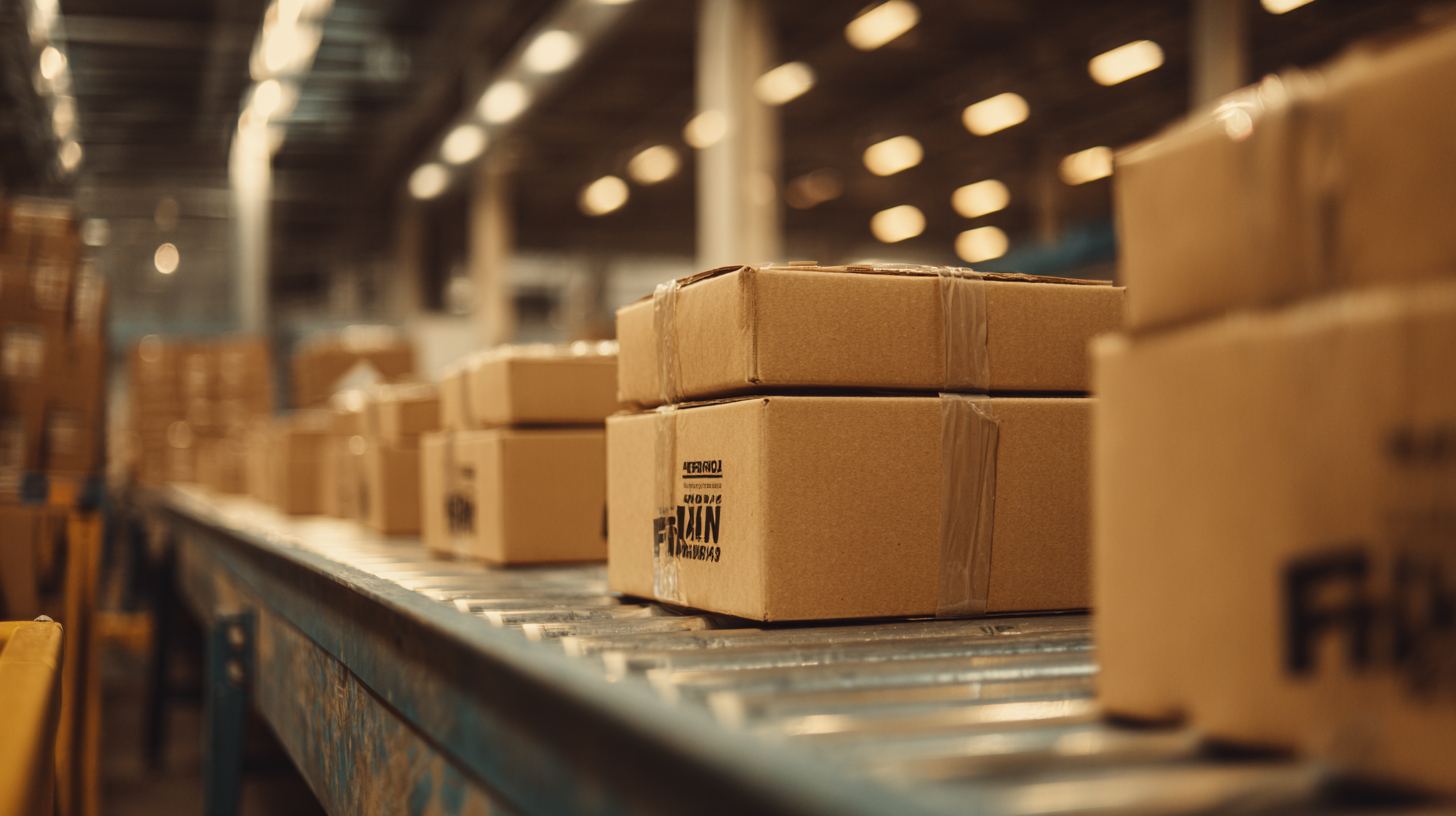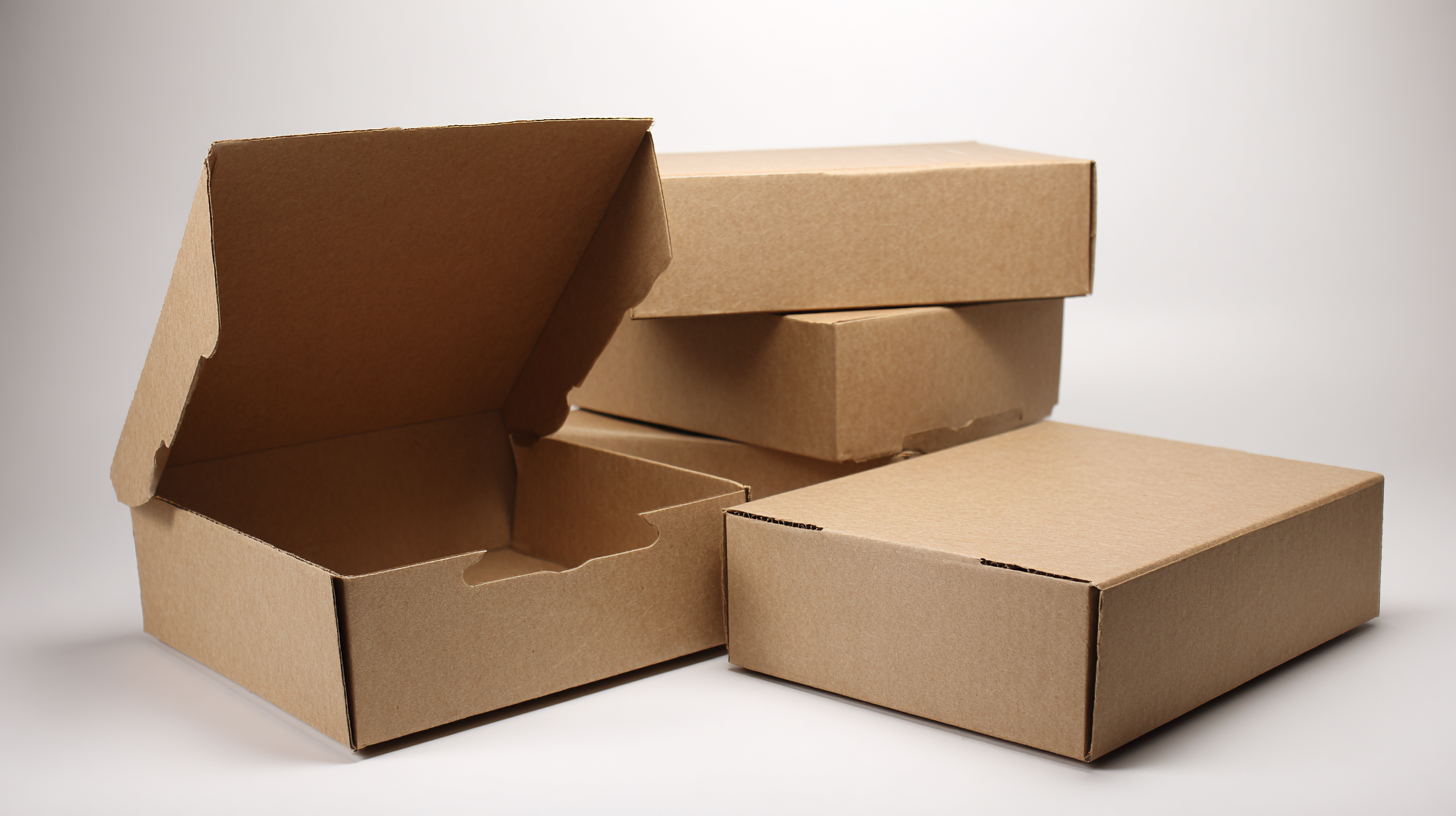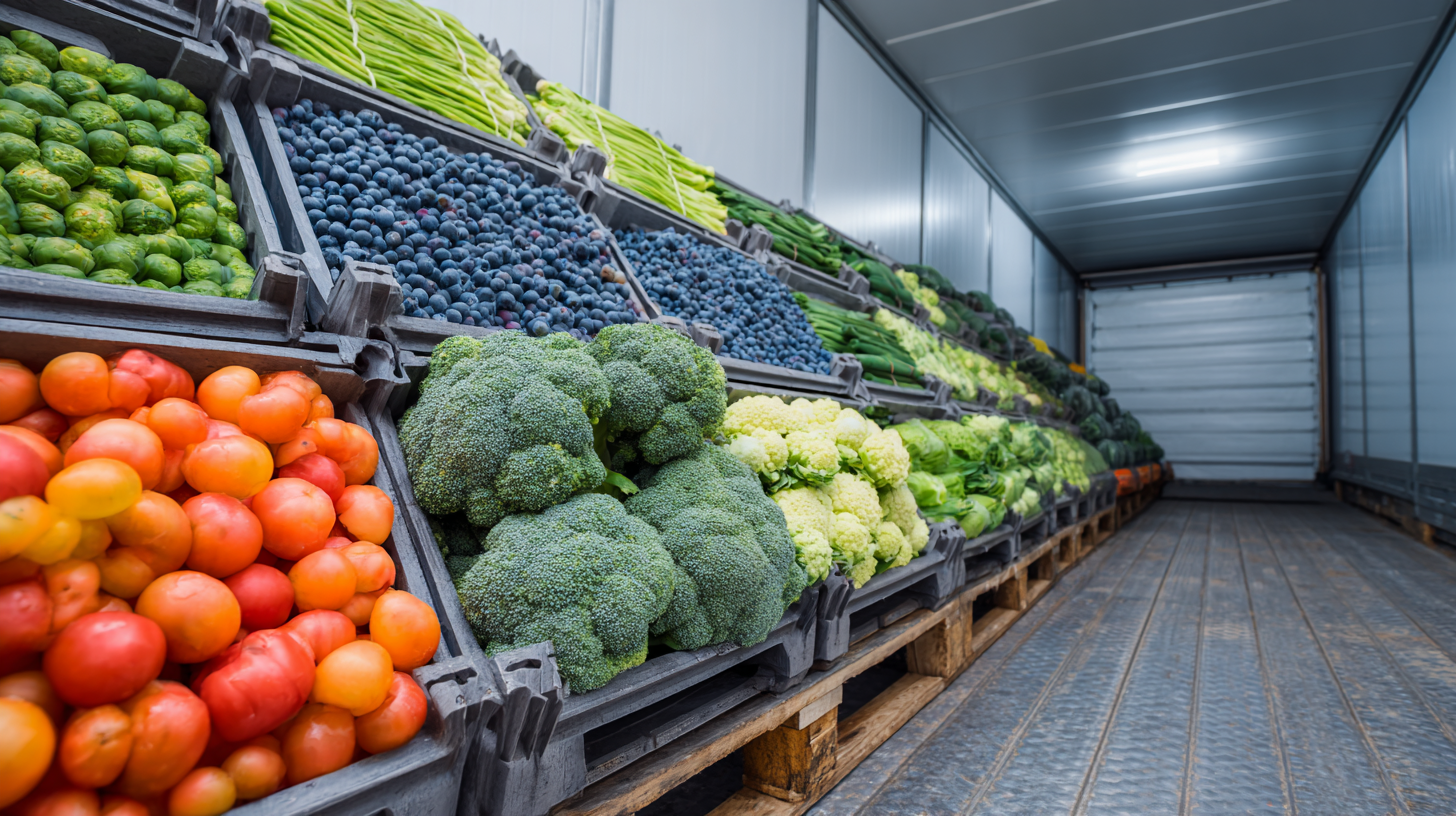Solutions for Streamlined Frozen Food Shipping Boxes: Boosting Efficiency and Freshness
In the rapidly evolving landscape of the food distribution industry, the demand for effective and efficient logistics solutions has never been more critical, especially for frozen food products. According to a report by Grand View Research, the global frozen food market is projected to reach USD 336.23 billion by 2026, growing at a CAGR of 4.6%. This growth necessitates innovative approaches to the packaging and shipping of frozen goods to ensure freshness and quality upon delivery. Frozen Food Shipping Boxes play a pivotal role in this process, providing not just temperature control but also protection against spoilage and contamination. By optimizing these shipping solutions, businesses can enhance efficiency, reduce waste, and ultimately improve customer satisfaction. This blog will explore various strategies for streamlining frozen food shipping boxes, highlighting best practices and industry insights that can significantly impact the frozen food supply chain.

Innovative Materials for Optimal Insulation in Frozen Food Shipping Boxes
In the modern food delivery landscape, maintaining the integrity of frozen food during shipping is essential. Innovative materials are playing a pivotal role in developing optimal insulation for shipping boxes, helping to extend the shelf life of perishable items. Traditional materials often fail to provide the necessary thermal protection, leading to thawing and potential spoilage. Therefore, businesses are turning to advanced insulating solutions, such as vacuum-sealed panels and phase change materials, which effectively regulate temperature fluctuations and minimize thermal bridging.
One of the key advancements in frozen food shipping is the use of sustainable insulation materials. Not only do they enhance the shipping efficiency by keeping products frozen longer, but they also align with environmentally friendly practices. For instance, biodegradable and recyclable materials are being incorporated into box designs, reducing landfill waste while ensuring that fresh products reach consumers in peak condition. As companies continue to innovate in this area, the combination of optimal insulation and sustainability promises to reshape the frozen food shipping industry for the better.
Efficient Packaging Design: Maximizing Space and Reducing Waste
In the competitive landscape of frozen food delivery, efficient packaging design plays a pivotal role in maximizing space while reducing waste. By carefully considering the dimensions and materials used in shipping boxes, companies can significantly enhance their distribution efficiency. Opting for packaging solutions that are streamlined in design not only saves on shipping costs but also aligns with eco-friendly practices, an increasingly important aspect for today’s consumers. Custom-fit packaging tailored to the specific dimensions of products minimizes empty space, reduces the risk of damage during transit, and ultimately supports a more sustainable approach.

Furthermore, the innovation in insulation materials is crucial for maintaining the integrity of frozen products. Using lightweight yet effective thermal barriers ensures that items remain at optimal temperatures throughout the shipping process. This not only preserves freshness but also enhances customer satisfaction upon delivery. Embracing smart design techniques, such as foldable or collapsible packaging, allows for easier storage and transportation, leading to a reduction in excess packaging waste. By prioritizing efficient packaging design, businesses can meet customer demands while contributing to a more sustainable future in frozen food shipping.
Temperature Control Solutions: Ensuring Food Freshness During Transit
In the frozen food shipping industry, maintaining the integrity of products during transit is paramount. Effective temperature control solutions are essential to ensure food freshness and prevent spoilage. Utilizing insulated shipping containers can significantly enhance protection against temperature fluctuations, keeping items frozen for longer periods. Additionally, incorporating dry ice or gel packs into your packaging strategy can provide an extra layer of cooling, preserving the quality of perishable goods until they reach their destination.
Tip: When selecting packaging materials, consider those specifically designed for temperature-sensitive items. Look for options that offer high thermal resistance and are tested for extreme conditions.
Implementing real-time temperature monitoring technology is another critical strategy for effective frozen food shipping. These devices provide insights into the temperature conditions throughout the shipping process, allowing companies to take corrective actions if any deviations occur. This proactive approach not only helps maintain food safety but also boosts customer confidence in the product’s quality.
Tip: Choose a monitoring system that sends alerts in case of temperature breaches, ensuring immediate action can be taken to mitigate risks.
Solutions for Streamlined Frozen Food Shipping Boxes: Boosting Efficiency and Freshness
| Solution Type | Description | Benefits | Temperature Range | Duration of Freshness |
|---|---|---|---|---|
| Insulated Shipping Boxes | Boxes with high-quality insulation materials to maintain temperature. | Reduces temperature fluctuation; protects sensitive items. | -10°C to -20°C | 72 hours |
| Gel Packs | Reusable gel packs that provide constant cooling during transit. | Environmentally friendly; low-cost; easy to use. | 0°C to -18°C | 48 hours |
| Cryogenic Shipping | Utilizing liquid nitrogen to keep food products frozen during transport. | Maintains ultra-low temperatures; high protection for perishables. | Below -150°C | Up to 30 days |
| Smart Temperature Sensors | IoT devices that monitor temperature and alert if conditions change. | Real-time monitoring; data analytics for better logistics. | -20°C to 25°C | Unlimited with alerts |
Cost-Effective Shipping Strategies for Frozen Food Suppliers
In recent years, the frozen food market has witnessed remarkable growth, projected to reach USD 363.7 billion by 2028. With this expansion, there is an undeniable need for cost-effective shipping strategies that can enhance efficiency and maintain the freshness of products. Suppliers must prioritize innovative shipping solutions that streamline operations while reducing costs. Implementing advanced packaging technologies, such as insulated and temperature-controlled containers, can play a crucial role in preserving food quality during transit.
Additionally, improving logistics operations is essential to minimize food waste, which remains a significant concern in frozen food distribution. By adopting modern inventory management systems, suppliers can optimize their supply chains, ensuring that products are delivered swiftly and efficiently. This not only helps in cutting down on waste but also strengthens the overall sustainability of the business. As consumers increasingly lean towards frozen and plant-based alternatives, embracing these strategies will give suppliers a competitive edge while catering to the growing demand for convenient and fresh food options.
Real-Time Tracking Technologies for Enhanced Delivery Transparency
In the ever-evolving world of frozen food logistics, maintaining freshness and efficiency is paramount. Real-time tracking technologies have become pivotal in achieving these goals, providing a comprehensive solution for businesses to monitor their shipments from the moment they leave the warehouse until they reach the consumer’s doorstep. By leveraging GPS and RFID systems, companies can ensure precise temperature control, guaranteeing that products remain within the optimal range during transit. This not only enhances the safety and quality of frozen goods but also builds trust with consumers who expect transparency in the supply chain.

Moreover, real-time tracking allows for immediate interventions if there are any anomalies. When the temperature deviates outside the recommended levels or if a shipment is delayed, businesses can act promptly to rectify the situation, minimizing potential losses and ensuring that products arrive in perfect condition. Additionally, customers can benefit from this technology by receiving updates on their orders, fostering a sense of control and reassurance. As the frozen food industry continues to grow, embracing real-time tracking is essential for bolstering operational efficiency and maintaining the freshness that consumers demand.

 中国
中国